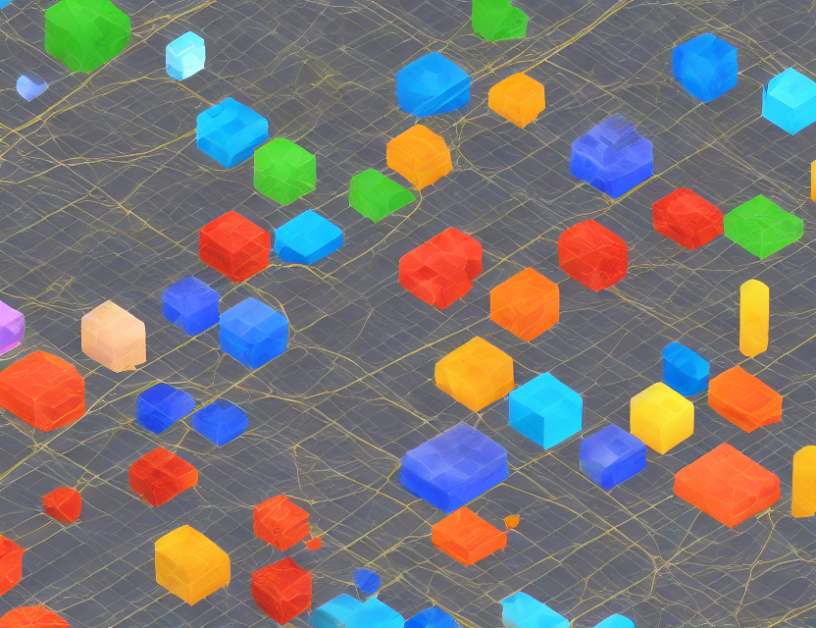In recent years, social media has become a treasure trove of information, with vast amounts of data being generated every day. However, extracting meaningful insights from this data can be challenging due to the complexity of the information. To address this issue, researchers have turned to message graph neural networks (MGNNs), which are a type of artificial intelligence that can analyze and understand complex relationships within social media data. In this article, we will provide a comprehensive overview of MGNNs, including their origins, key components, and applications.
Origins of MGNNs
The idea behind MGNNs can be traced back to the early 2010s when researchers began exploring the potential of graph neural networks (GNNs) for social media analysis. GNNs are a type of neural network that can learn from graph-structured data, such as social networks and molecular structures. By applying GNNs to social media data, researchers hoped to uncover hidden patterns and relationships that could be used to improve the accuracy of event detection, news story discovery, and other applications.
Key Components of MGNNs
MGNNs consist of several key components that work together to analyze social media data. These components include:
- Message Embeddings: Messages are represented as vectors in a high-dimensional space, allowing the AI to capture their semantic meaning.
- Graph Construction: The messages are then converted into a graph structure, where each message is a node, and the edges represent the relationships between the messages.
- Graph Neural Networks: GNNs are applied to the graph structure to learn representations of the nodes and their relationships. These representations can be used for various tasks, such as event detection and news story discovery.
- Attention Mechanisms: Attention mechanisms are used to focus on specific parts of the graph that are relevant to a particular task, such as identifying important messages in a social media conversation.
Applications of MGNNs
MGNNs have numerous applications in social media analysis, including:
- Event Detection: MGNNs can identify significant events in social media data by analyzing the relationships between messages and their semantic meaning.
- News Story Discovery: MGNNs can summarize long, formal, and plain textual news documents, as well as other than short, informal, and structural social messages.
- Event Prediction: By forecasting future events, MGNNs can help predict upcoming trends and patterns in social media data.
- Event Extraction: MGNNs can extract specific events from social media data, such as identifying specific people, places, or organizations mentioned in a conversation.
Conclusion
In conclusion, MGNNs are a powerful tool for analyzing social media data and extracting meaningful insights. By leveraging the strengths of GNNs and attention mechanisms, MGNNs can capture complex relationships within social media data and perform various tasks with high accuracy. As social media continues to grow and evolve, the demand for efficient and effective AI solutions will only increase. Therefore, it is essential to continue researching and developing MGNNs to stay ahead of the curve.



